Here’s the difference between poetry and poem:
Poetry is the use of metaphor, symbols, and ambiguity to create a literary piece, while the poem itself is the result.
Blacksmiths make tools. Forging is the art of making tools.
Poets make poems. Poetry is the art of making poems.
If you want to learn all about the differences between poetry and poem, then you’re at the right place.
Let’s get started!
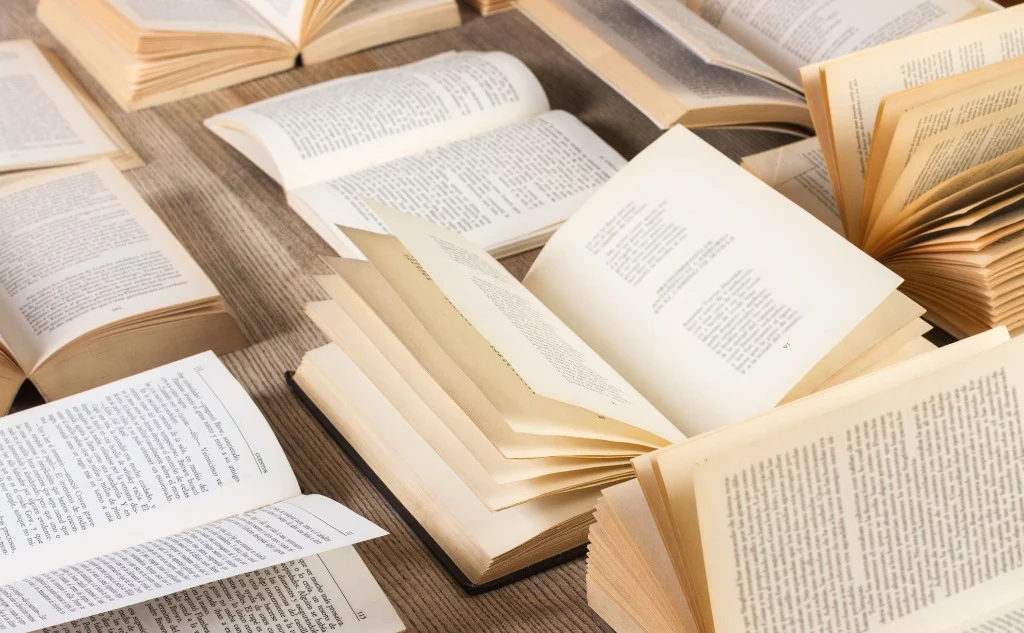
What Is the Difference Between Poetry and Poem?
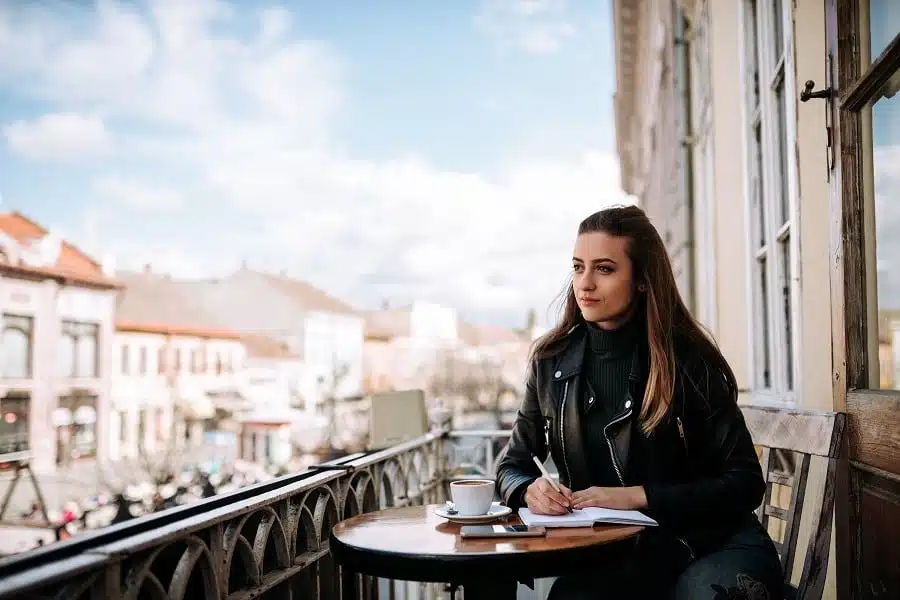
| Poetry | Poem | |
| Definition | A type of literary work that uses language artistry, symbolism, and rhythming techniques to express a thought or an emotion, or to describe a story | A piece of composition in which the verses or words are arranged in a beautiful and rhythmic quality to evoke an emotional response or an imaginative experience |
| How it’s structured | Poets use various elements such as rhyme scheme and meter to carefully craft beautiful verses | Poems can either be structured with rhymes and meter based on poetic beats, or can also be freeform, or a poem that doesn’t follow a formal structure |
| Scope/Nature | The art of making poems | The end result or written product of poetry |
| Specificity | A creative process that covers all unique written works of poets | Beautiful, rhythmic verses depending on the poetic style employed by the author |
People have been using words to entertain themselves since the beginning of language itself.
There was a time when being able to recite long poems from memory, often for hours at a time, was considered an incredible skill.
So much so that aristocrats in multiple cultures have memorized lines from their favorite poems for the sole purpose of impressing each other.
Poems started out as a mostly oral tradition since literacy wasn’t exactly common in earlier eras.
This is one reason that we still use so many sound-based techniques in poetry today.
But what exactly differentiates poetry from a poem?
The short answer is that poetry is a process, while poems are the result of that process.
The long answer gets a little more involved.
What Is Poetry?
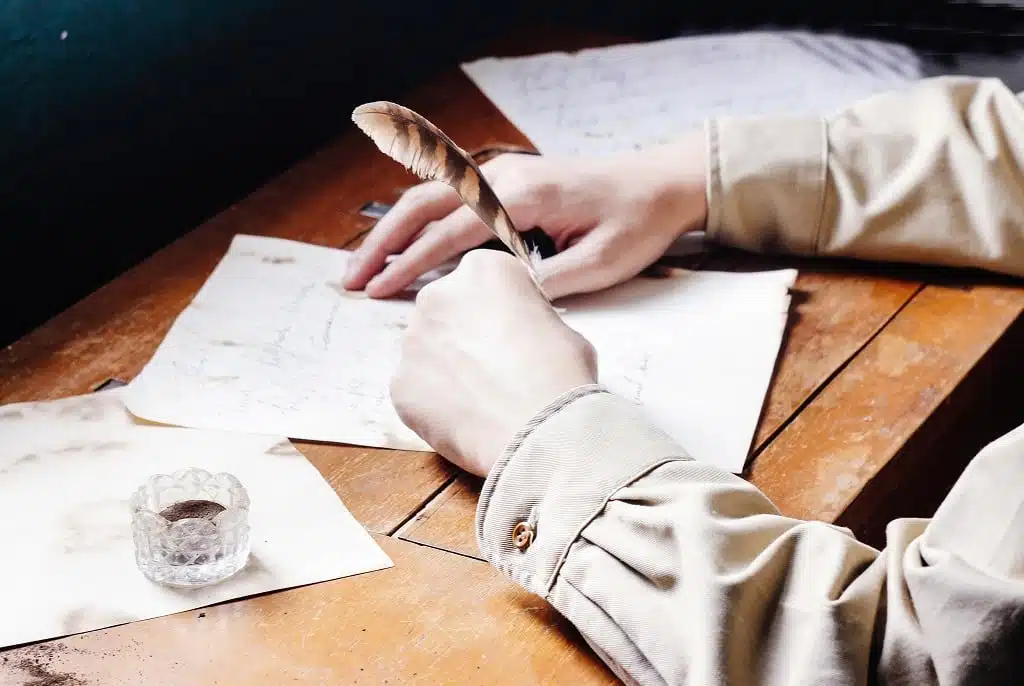
Poetry, as mentioned above, is the process by which a poem is created. We often use the terms interchangeably, but the term “poetry” encompasses many more elements than the finished product does.
Every single moment of the creative process leading up to a poem is a part of poetry.
From the initial planning stages to the rough drafts to the editing process, all of it is a critical piece in creating a poem.
Poetry can be either a loose art form or a precise science, veering more in one direction or another depending on the poet’s style.
A single poem may take forty rough drafts and several months of careful line-by-line editing or the writer might hammer out twenty poems in one sitting on the first try.
One of the most noteworthy aspects of poetry as an art form is its usage of phonetic, mnemonic, and imagery-based techniques to enhance the poem’s quality.
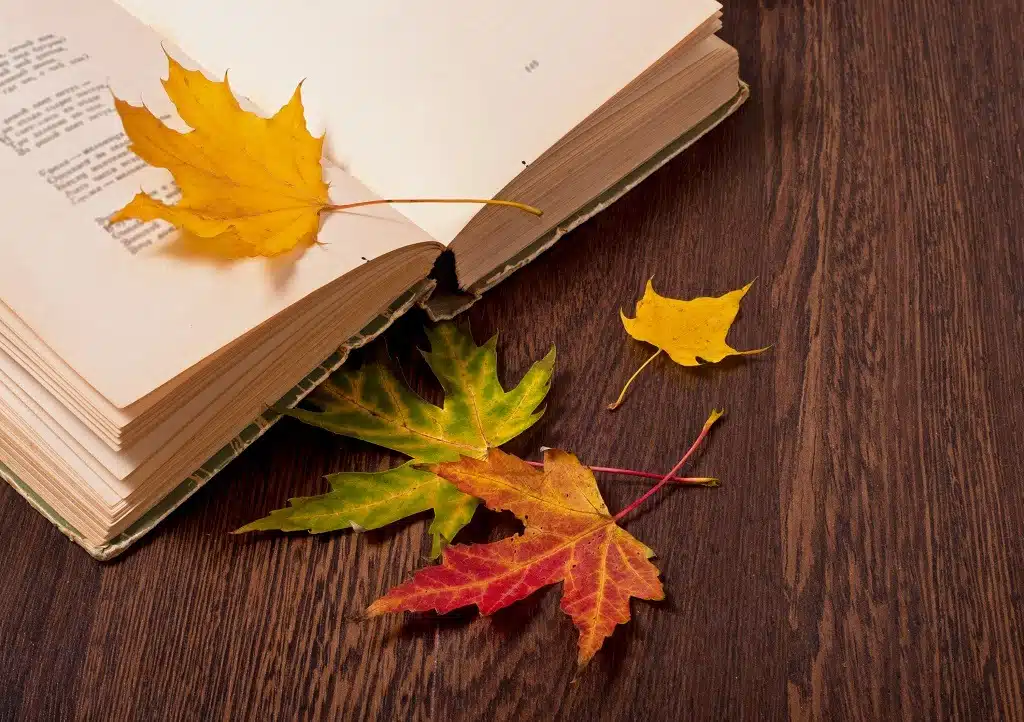
While no two poems are alike, some key features that carry across many poems include:
- Rhyme and meter.
- Repetition of sounds, words, and phrases.
- Imagery.
- Comparisons, especially in unlikely pairings.
- Exaggeration.
Naturally, these can all be subdivided into their own techniques, but we’ll just quickly gloss over them for now.
Rhyme schemes and meters (the patterns by which syllables are stressed and unstressed in poetry) are hallmarks of the form and are especially prominent in formal poetry.
Their key purpose is to give the poem a discernible rhythm that keeps the reader moving forward at a controlled pace.
Repetition is used both for decoration, as is the case when repeating the same vowel or consonant sound several times in a line, and for technical purposes.
One purpose for repeating words or phrases is to give the reader some breathing room in an especially dense poem since they won’t need to devote as much brainpower to the repeated sections.
This is also a good way to make parts of the poem easy to remember.
An unexpected repetition can lead to a resonating emotional impact.
Imagery is the foundation on which everything else in a poem is built.
While it is possible to write a poem using only abstract concepts and exposition, it’s usually ill-advised.

Poetry, more than any other form, thrives on imagination.
Creating concrete settings and props with your words grounds the reader in the poem’s world, allowing them to process everything in a natural way that lets them come to their own conclusions.
Comparisons, especially in the case of metaphors, have various uses in a poem, and their importance is second only to imagery.
In fact, many skilled writers use metaphors to insert an image into a thought that wouldn’t normally have one.
It’s hard to imagine what an overfilled brain looks like, but when you compare it to a jar of marbles that’s already spilling over, the reader can envision it much more clearly.
Since poetry is commonly used to portray a feeling, it should come as no surprise that many poets choose to over-exaggerate the feelings being portrayed.
A poem about grieving may be needlessly melodramatic and bone-crushingly dark, all just to create a mood.
These are some of the most common elements found in poetry, but this is by no means an exhaustive list.
Deciding what elements you will or will not employ is part of the process of poetry.
What Is a Poem?
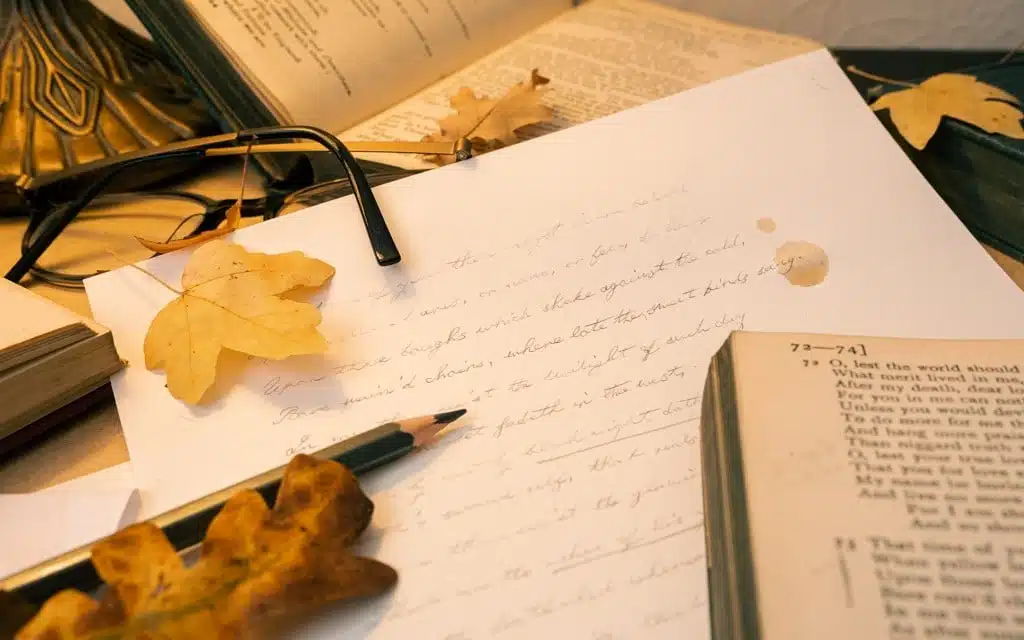
The goal of poetry is to convey something.
This conveyance is expressed in the end result of the process, the poem.
This is not usually a concrete narrative, as would be the case with most prose works because the brevity and trappings of common poetic forms don’t lend themselves especially well to chronological storytelling.
Some examples of goals a poem might have include:
- Describing a vague feeling, like love or loss.
- Narrating a single moment in time.
- Attempting to unpack a philosophical question.
- Paying homage to a person, place, or thing.
- Bringing attention to a moral dilemma.
- Entertaining the reader/listener.
While these goals might seem fairly dissonant at first glance, the main thing they have in common is that they can potentially be achieved in a small number of words through the use of poetic language.
That’s not to say that no poems are long or narrative.
Some poetic forms are completely dedicated to telling a story, often pulling from folktales, biblical settings, or well-known legends in order to make establishing the setting and characters significantly easier.
The most extreme example of a narrative poem is easily the epic.
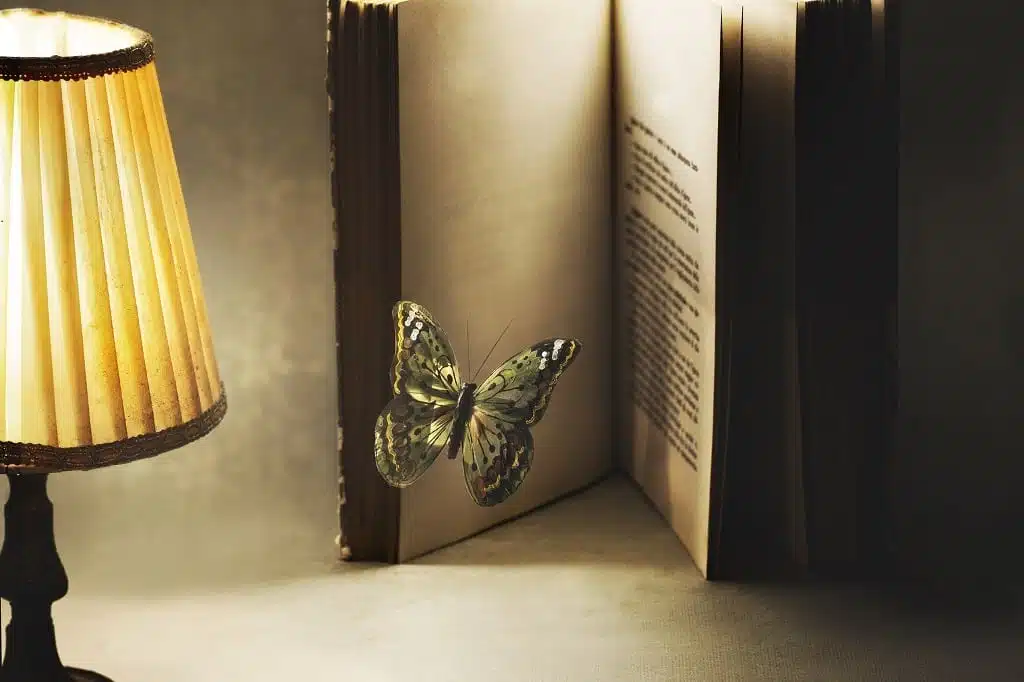
Epic poems mostly carried over from ancient cultures devote an extraordinary number of words to telling the entirety of an adventure from beginning to end.
They can be thought of as the point where poetry and drama meet to produce something that’s not exactly a play and only barely still a poem.
The longest epic poems were even episodic in nature so that listeners who wandered in halfway through could still enjoy the episode they first hear.
Other forms of poems include sonnets, odes, ballads, haikus, limericks, epithets, and many, many more.
Putting it simply: There’s a specific poetic form devoted to almost any feeling or structure you can think of.
Of course, not a single one of these forms would have ever existed if writers didn’t enjoy the process. There’s no skipping straight to the part where a fresh poem is suddenly on your paper.
Loving poems only implies that you like reading and talking about finished poems.
If you’re going to say you love poetry, you should buckle down, do your research, and get obsessed. All great art is born from obsession.
